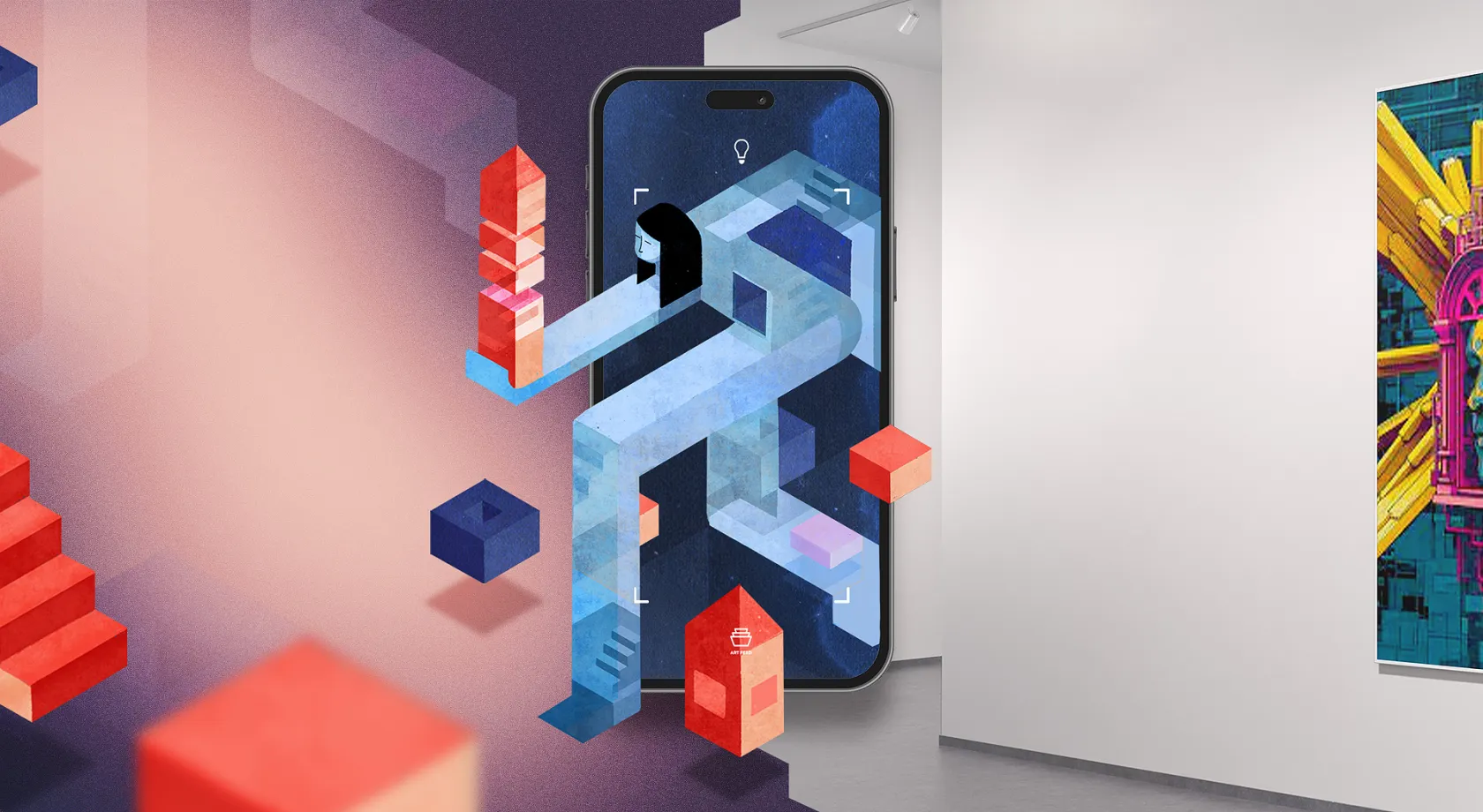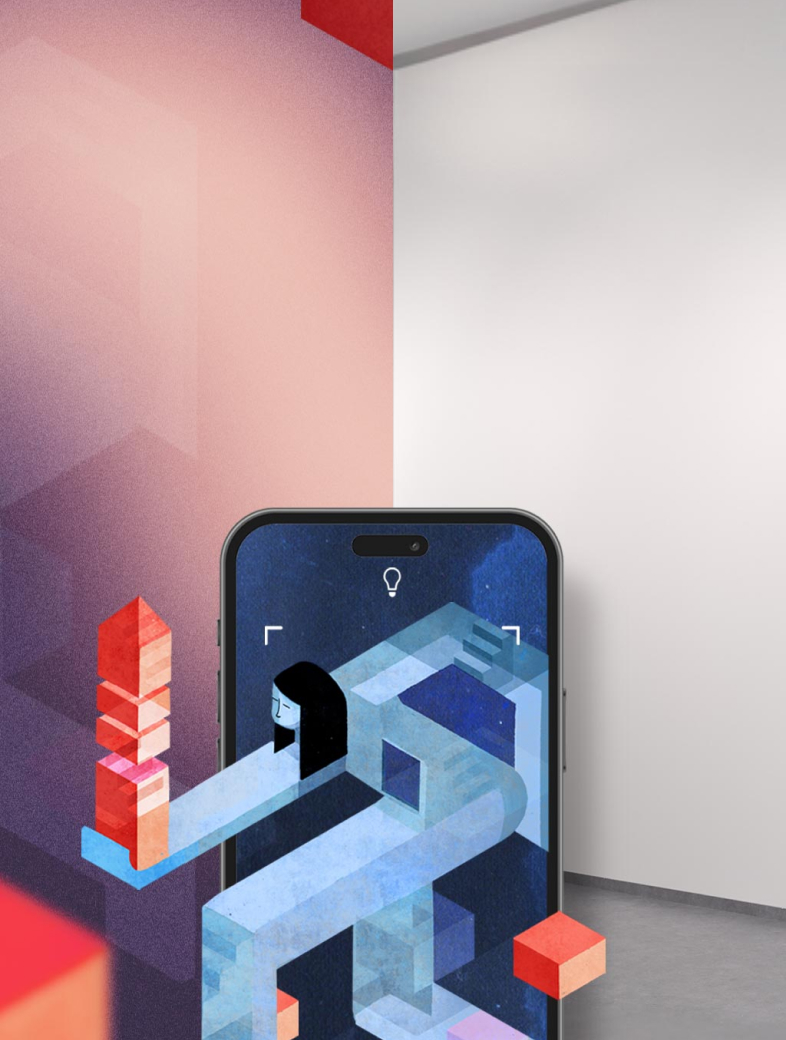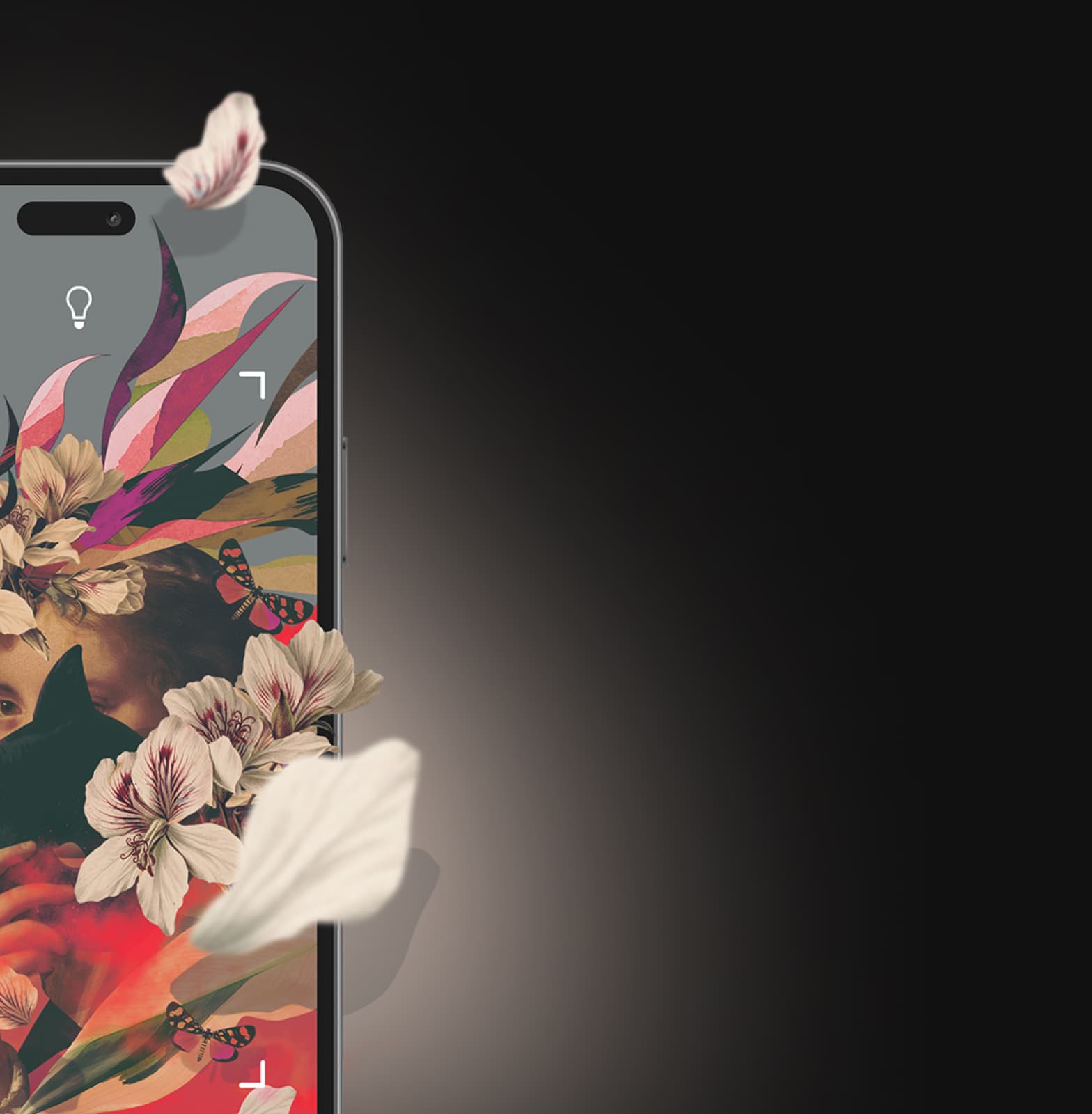Telling Stories With The Help Of Augmented Reality
How many stories do we tell in our lives? As part of social human nature, our behavior is based on created and shared memories, showing mental images collectively. Mental images are related to a certain time-space, as they are part of a fictional spectrum of our perception, expressing emotions, and the capability to apprehend the surrounding. The virtual/mental images become part of the collective memory composing a chain of shareable experiences, that later on, can become the history narrated to the future society. The traditional history is similar, except for the fact that it is curated intentionally to celebrate certain values and social groups.
However this article does not focus on the historical disputes, but on how places of art and history can use image layers (like our mental memories and stories) to improve the visitors’ experience, making them immersed in parallel time spaces. It is very hard to tell stories with static images after the creation of images in movement. Slowly, cultural centers and art spaces around the world started to insert screens, TVs, tablets, devices to mediate and facilitate the visitor’s immersion, offering extra information. At this point, we can bring augmented reality to the picture as one of the new possibilities for the institutional dynamics, expanding the immersive experience in the timeframes of history and art.
My main interest is to discuss how useful augmented reality can be to connect stories and images (mental and digital), helping us to absorb information and understand the linearity of the facts. More than that, many times “behind the scenes” information can be extremely important to understand artists´ techniques or the creative process. Based on that, in the last 10 years, many museums have been trying to implement augmented reality either as a complementary experience of their collection or as an extension of the exhibition outside its physical limits. Artivive, as one of the most recent solutions for memorials and museums, proposes a deeper experience about storytelling, celebrating a partnership between the ones who curate and the ones who consume information. Museums and visitors share images, media, and important facts about the exhibition, which is one of the Artivive goals, to bring art to life through the fragments of the artistic discourse, and to show the narratives hidden behind the scenes (extremely important to the final result of the artwork). When the curator deals with the challenge to communicate and conduct certain debates and discussions augmented reality can be an efficient mediator, improving the curatorial concepts, opening the exhibition to a more dynamic experience, and connecting stories, history, narratives, and mental images.
The exhibition “Egon Schiele. The Making of a Collection” at Belvedere Museum tells the stories behind Schiele’s artworks and shows the exciting results modern technical investigations have revealed.
In the future, augmented reality can merge the past, present, and future in just a one-time frame. Augmenting the museums’ experiences is just an extension of what we do with our personal stories and memories. At the same time, augmented reality allows collective experiences in art spaces, not isolating us, but putting people together, sharing images and experiences. Beyond our actual time frame, museums show their collections in an open interactive landscape that includes people of all ages, nationalities, and languages, going further on the territoriality and allowing their visitors to see beyond. It is beyond time, space, and our own prejudgments of artwork or historical fact. augmented reality is a powerful tool for telling the truth behind fictional facts (or the opposite).
I just can say: an augmented picture is worth a thousand words.
#bringArtToLife





